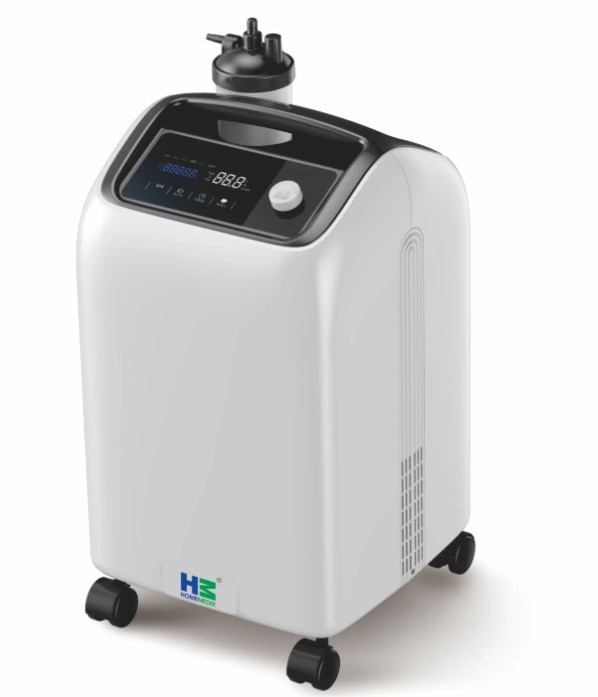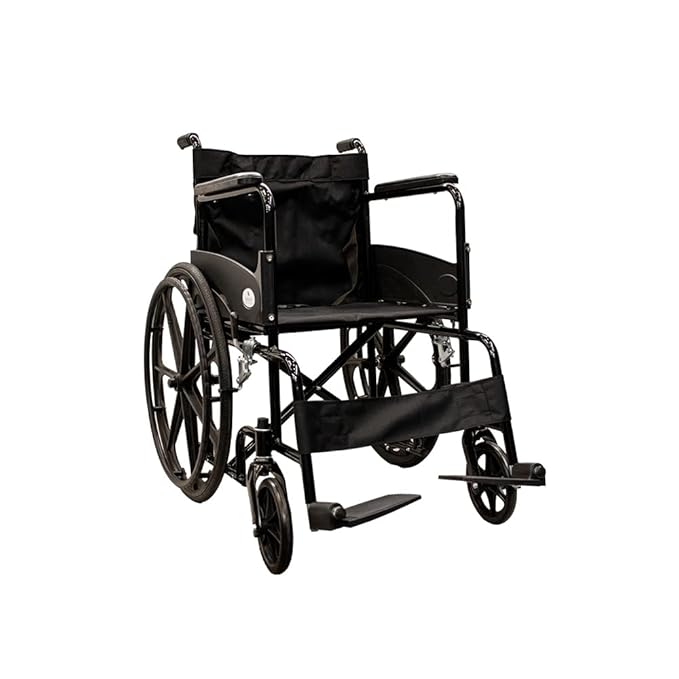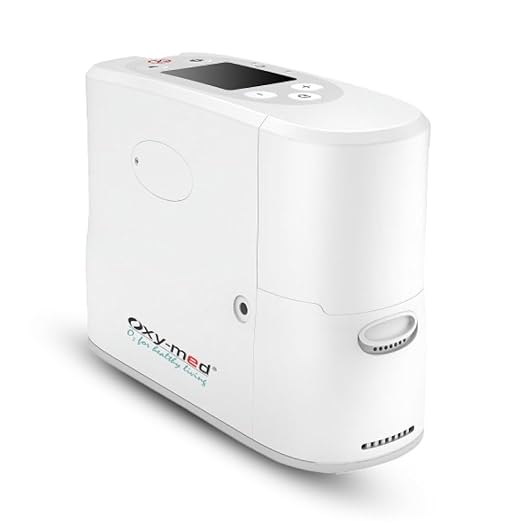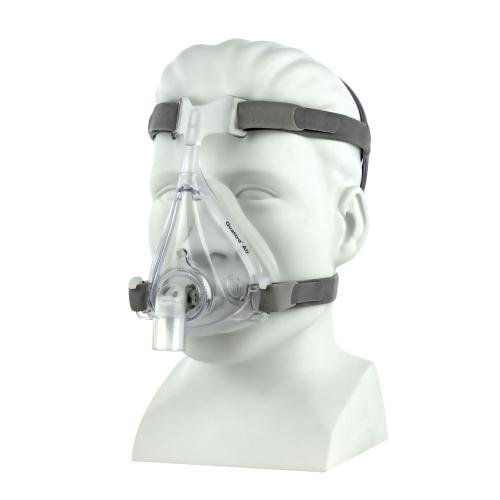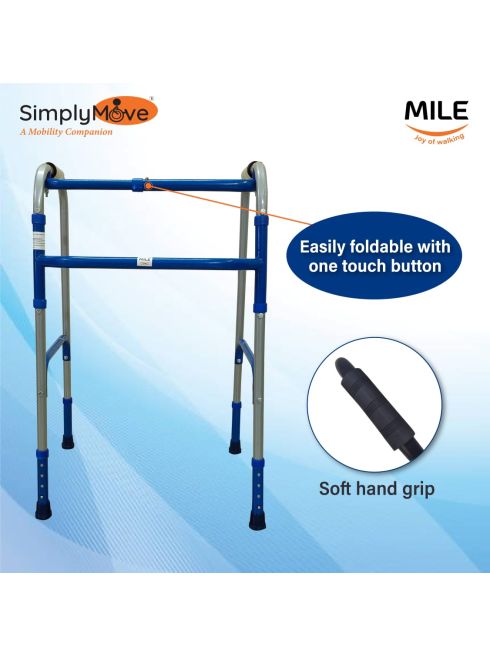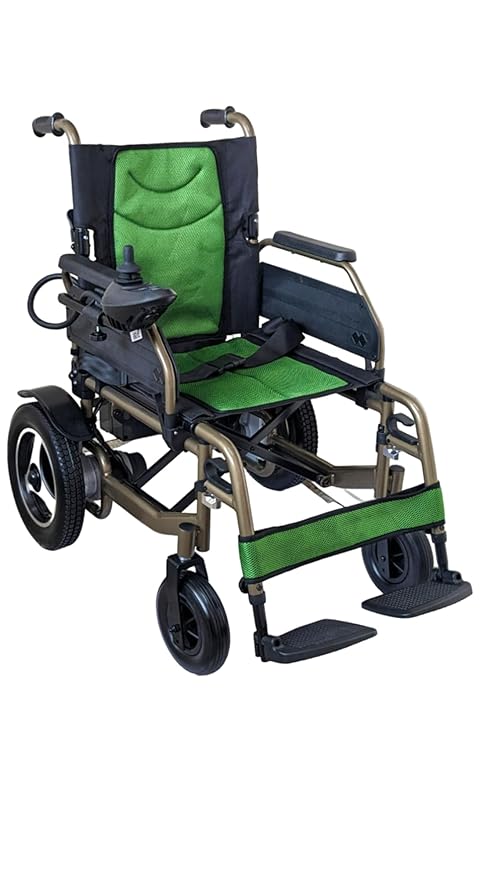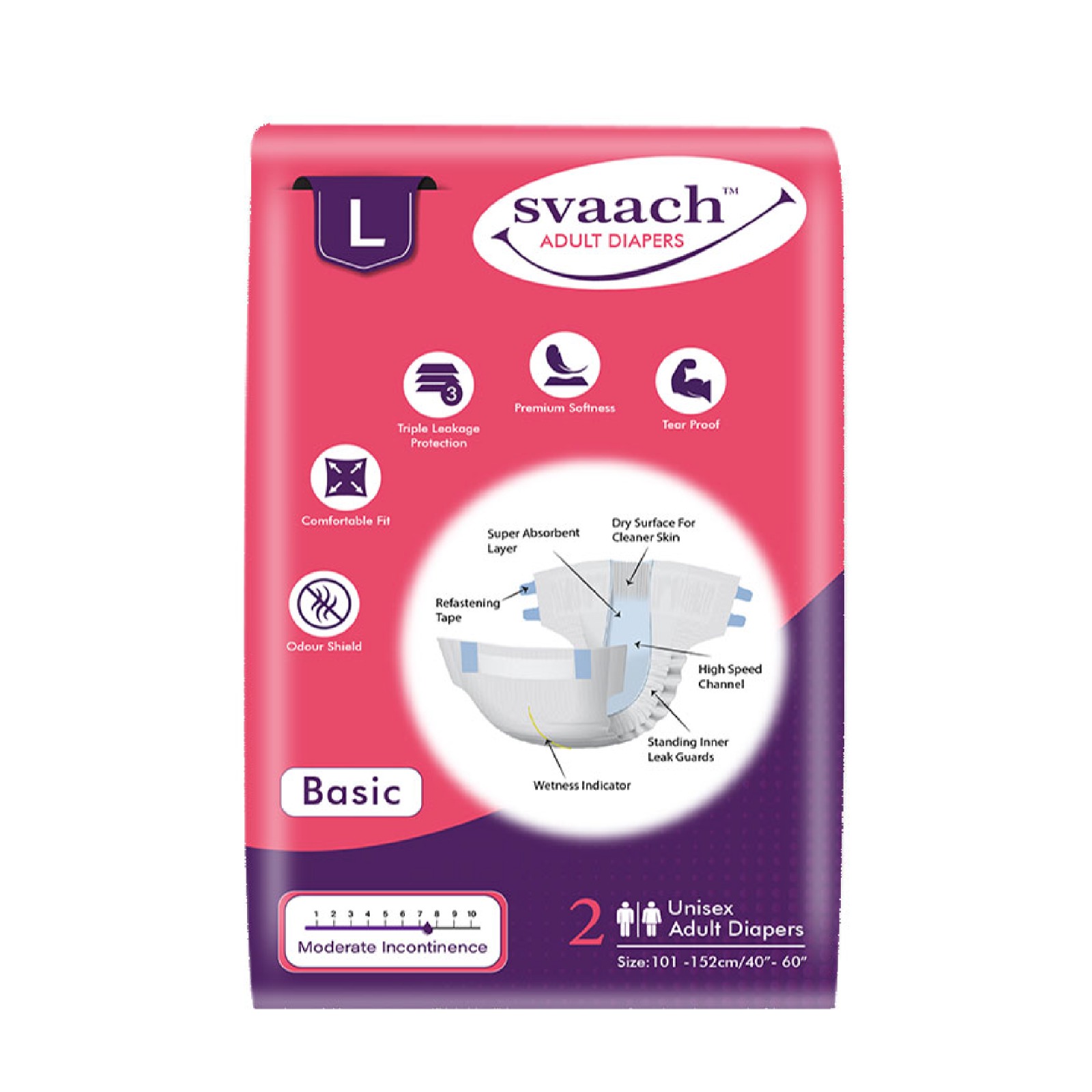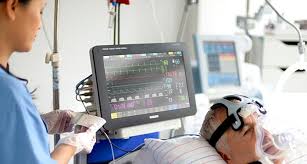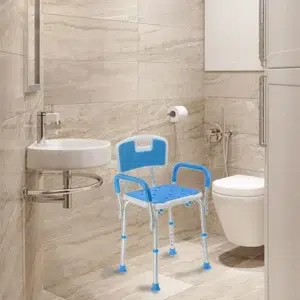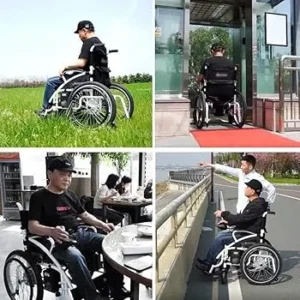There will come a time in everyone’s life when they need to know how to treat injuries and illnesses. It might be because you are someone who frequently gets injured, or because you are someone’s caregiver. For long-term pain relief, you can contact medical professionals like Camelback Medical Centre, as will treat as per the diagnosis. No matter what your job or personal circumstances are, it is important to have some knowledge of first aid. Here are some of the most common injuries and illnesses people experience, and tips on how to treat them.
Thinking about the times when things go wrong is not a pleasant idea for most people. But it’s a reality of life. And these things happen with some frequency too. There are almost three million non-fatal workplace injuries and illnesses that happen in the USA every year, and more than 3.5 million children get injured every year playing sports alone. So the total number of injuries and illnesses people experience as a whole is quite staggering.
If you want to be useful in a situation when someone gets injured or falls ill, here are some of the most important things you need to know.
Cardiopulmonary Resuscitation (CPR)
CPR is one of the most important things you can learn. It can make the difference between life and death for someone who has stopped breathing or whose heart has stopped beating. The practice of CPR involves pressing on the person’s chest to keep the blood flowing and supply oxygen to the brain. You also have to do rescue breaths, which involve tilting the head back and sealing the mouth over the person’s nose. There is a slightly different technique for giving adults CPR versus giving children CPR, so it’s important to learn the exact procedure for both so you know what you’re doing.
Learning CPR is not as difficult as you might think, and there are plenty of opportunities to do so. You can even do online CPR certification, which makes it really easy to learn CPR and feel confident that you know what you’re doing.
The Heimlich Maneuver
The Heimlich maneuver is a lifesaving technique that everyone should know. It’s used when someone is choking and cannot breathe. The maneuver involves standing behind the person and wrapping your arms around their waist. Then, you make a fist with one hand and place it just above the person’s navel. With your other hand, you grab the fist and thrust upward into the person’s stomach with quick, upward thrusts. This action forces air from the lungs and dislodges the object that is blocking the airway.
Knowing how to do the Heimlich maneuver could one day save someone’s life, so it’s definitely worth learning. You can find instructions on how to do it online or read about it in a first aid manual. Some first aid courses will also incorporate this into the syllabus.
Dealing With Broken Bones
If someone has a broken bone, the first thing you need to do is call for medical help. In the meantime, you can try to make the person comfortable and support the injured limb. For example, if they seem to have a broken leg, you could tie a scarf around their thigh and then tie it to another part of their body so that the limb is supported and not hanging freely.
If you suspect someone has a broken bone, it’s important not to move them too much as this could cause further damage. If there is a possibility someone has broken a bone in their neck or back, it is important to be particularly careful and not move them until medical professionals arrive. But in the case of broken limbs, the best thing to do is try to support the injured limb as best you can while waiting for medical assistance.
Handling Burns
There are different types of burns, but all require immediate medical attention. For example, if someone has a severe burn, they will need to go to the hospital for treatment. However, if the burn is not severe, you can treat it at home.
First-degree burns only affect the top layer of skin and are usually not too serious. You can treat them by holding the affected area under cool water for five to ten minutes. This will help to soothe the pain and reduce swelling. If it does start to bother you or leave a scar, you can easily treat first-degree burns by searching “dermatologist near me” and scheduling an appointment — these types of burns are not considered emergencies, so there is no rush.
Second-degree burns affect the second layer of skin and are more serious than first-degree burns. They can be painful and often cause blistering. You should not try to treat these at home but should seek medical attention as soon as possible.
Third-degree burns are the most serious type of burn and can cause permanent damage. They should always be treated by a medical professional in a hospital.
If you ever find yourself in a situation where someone has a burn, it’s important to act quickly and seek medical attention if necessary. Burns can be very painful and serious, so it’s best to err on the side of caution.
Vomiting and Diarrhea
Vomiting and diarrhea can both be symptoms of a range of different illnesses, some of which can be serious. If someone is vomiting or has diarrhea, it’s important to keep them hydrated by giving them small sips of water frequently. It’s also a good idea to avoid giving them food as this could make the symptoms worse.
If the person is vomiting frequently or has diarrhea that is bloody, this could be a sign of a more serious problem and you should seek medical attention immediately. In general, it’s best to err on the side of caution when it comes to vomiting and diarrhea and seek medical advice if you’re unsure.



